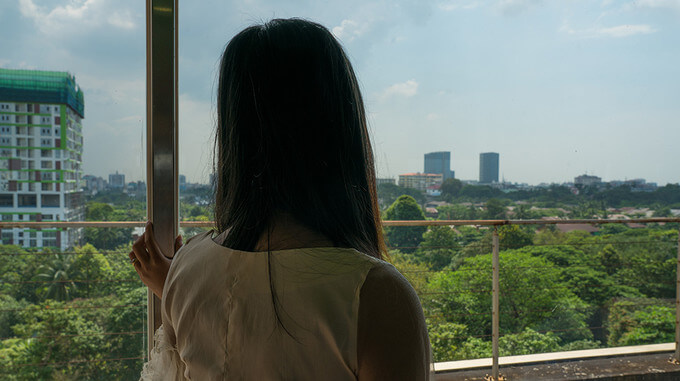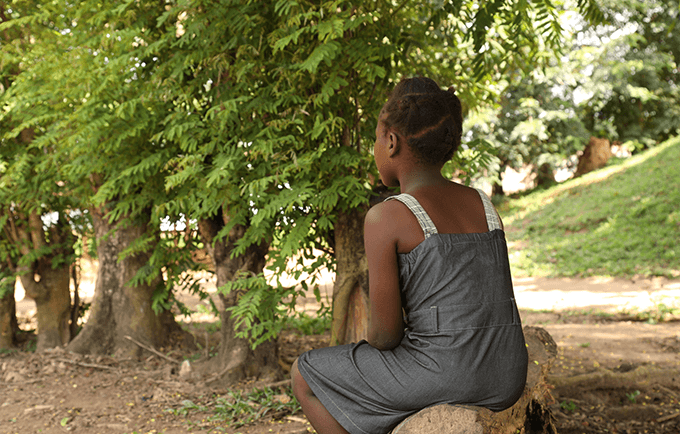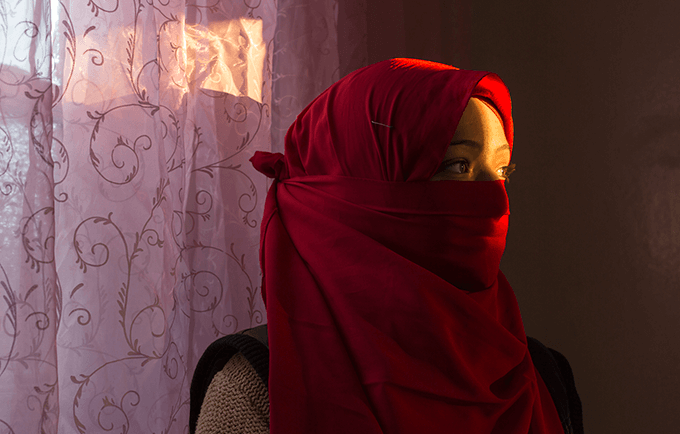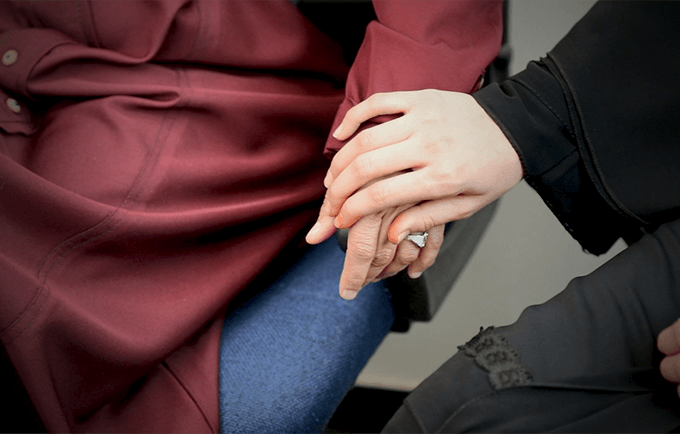What is gender-based violence (GBV)?
Is it different from domestic violence? What about violence against women?
The terms gender-based violence, domestic violence, and violence against women convey similar concepts and are often used interchangeably. However, there are important distinctions between them and their implications for policymakers, care providers, and survivors.
Breaking down these differences is important for understanding how survivors experience violence in day-to-day life and they can be reached with sensitive care and support.

Fast facts:
- Slightly more than 1 in 3 women have experienced violence at the hands of a partner or family member.
- Nearly 40% of women who are murdered die at the hands of their partners.
- 90% of rape victims are women.
- 80% of adult victims know their rapist and over 90% of youth victims know theirs.
- Many women feel that violence against wives is justified in some cases. Ethiopia, India, Bhutan, Samoa, and Laos are just some countries where over half of women feel as such.
- Over 90% of offenders never see justice.
- Gender-based violence is incredibly expensive. The costs of healthcare, psychosocial counseling, legal services, and lost wages from time spent recovering total in the trillions of dollars every year. This is comparable to the total amount of military spending by all countries each year.*
Gender-based violence is an issue that affects every single person either personally or by acquaintance.
This violence often goes unseen, untreated, and unchecked. One way to begin correcting the injustice of violence against women is to understand the different types of violence that women experience and then look for ways to best address each type of violence.
Understanding the terms

Gender-Based Violence (GBV)
The United Nations’ definition of GBV is, “any act of gender-based violence that results in, or is likely to result in, physical, sexual or psychological harm or suffering to women…whether occurring in public or private life.”
Gender-based violence is a somewhat more inclusive term than violence against women. GBV could include violence against men, provided the violence stems from a man’s gender identity or presentation.
Gender-based violence could also apply to violence experienced by gender non-conforming people. It is important to recognize violence against gender non-conforming people because their voices and access to care may be marginalized because of their gender identity. Further, conceptions of gender vary greatly around the world such that the man-woman binary present in Western society simply does not always fit other cultures. It is imperative that Western agents acting in delicate global settings recognize and are tolerant of these difference so they can adequately address issues of gender-based violence.
Violence Against Women (VAW)
Violence against women is more specific than gender-based violence in that it only applies to people who identify or present as women. Women experience the vast majority of gender-based violence, so that extent, gender-based violence and violence against women overlap.
Violence against women can be used in place of GBV when specifically trying to reach women with resources or when trying to emphasize that women are the group most harmed by GBV in terms of scale.
Violence against women is also a more accessible term than gender-based violence for many people. Advocates for ending GBV may choose to use the term violence against women to generate awareness of the issue.

Domestic Violence (sometimes known as interpersonal or family violence)
Domestic violence, in many countries, describes violence that takes place between intimate partners. Both men and women can be perpetrators or victims under a domestic violence framework.
Domestic violence is broader than partner violence however, and encompasses violence toward others sharing a living space, including children, siblings, or grandparents.
Intimate Partner Violence (IPV)
Intimate partner violence specifically describes violence that occurs between people in sexual or romantic relationships.
IPV is more exclusive than domestic violence, but it differs from gender-based violence in that IPV can occur between partners of the same gender identity, such as in gay or lesbian relationships.
Same-sex couples may already experience oppression because of intolerant views towards them, but victims of violence within same-sex relationships may be especially disadvantaged by such intolerance.
Understanding different forms of violence

Violence looks different in each situation. Each type of violence can be experienced in isolation, or, as is more often the case, simultaneously. All forms of violence are harmful and carry dangerous consequences for victims.
Sexual Violence
The World Health Organization (WHO) recognizes sexual violence as, “any sexual act, attempt to obtain a sexual act, unwanted sexual comments or advances, or acts to traffic, directed against a person’s sexuality using coercion, by any person regardless of their relationship to the victim, in any setting, including but not limited to home and work.” Sexual violence is prevalent everywhere.
Physical Violence
The WHO defines physical violence as “the intentional use of physical force or power, threatened or actual, against oneself, another person, or against a group or community, that either results in or has a high likelihood of resulting in injury, death, psychological harm, maldevelopment, or deprivation.”
Psychological Violence (also called emotional or mental violence)
Psychological violence is any harmful behavior that isn’t physical, such as verbal abuse, intimidation, manipulation, degradation, and humiliation. Stalking, economic abuse where one partner controls the other’s income or access to necessary expenses, and isolation from friends or family are some psychologically abusive behaviors.
Psychological abuse often happens over a period of time in which the victim may lose their sense of individuality, dignity, or self-worth potentially resulting in dependency on a partner for feelings of self-worth, or otherwise creating an environment where the victim lives in fear.
Victims of psychological violence may develop anxiety, depression, suicidal thoughts or behaviors, and post-traumatic stress disorder (PTSD). Psychological violence can be difficult or impossible for outsiders to see, but that does not mean it is less harmful or not real. It almost always accompanies sexual and physical violence.

Gender-based violence affects people everywhere. Women and girls are especially vulnerable to violence as cultural norms and attitudes toward gender equality disadvantage women around the world. Gender-based violence is especially prevalent when women and girls are migrating.
UNFPA works to end gender-based violence by 2030 by providing survivors of GBV with medical care, legal services, and psychosocial counseling. UNFPA also advocates for strong legal protections for survivors of violence where such laws do not already exist. Finally, UNFPA works to change the attitudes of men and boys by explaining why gender-based violence is harmful and works to empower girls by providing them with information about their bodies and rights.
-Dana Kirkegaard
*In 2016, UN Women found the global cost of GBV to be $1.5 trillion and rising. Global military expenditures were $1.8 trillion in 2018 according to the Stockholm International Peace Research Institute.